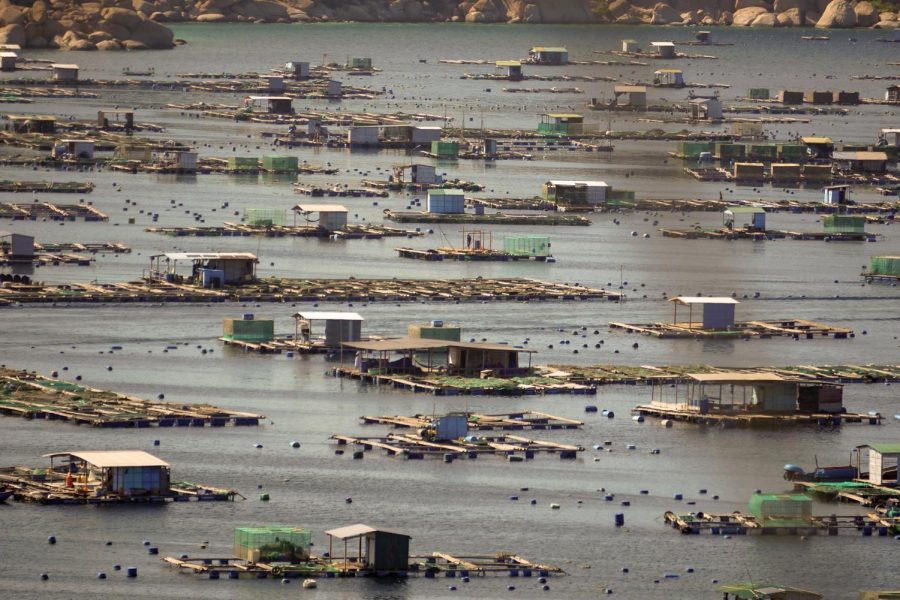Coastal Cities: The Atlantises of the Future
It is common knowledge to most that sea levels are rising. Sure, this might sound scary, but occurring at the rate of only a few millimeters per year, many dismiss it as tomorrow’s problem. However, tomorrow may be coming sooner than expected: on top of rising sea levels, coastal cities themselves are sinking, spelling the submergence of the natural landscape and infrastructure of these areas in just a matter of decades.
Matt Wei, an earth scientist at the University of Rhode Island in Narragansett, worked with his team of colleagues to gather data (using satellites) on this additional threat to coastal areas. Subsidence, or the sinking of land, has been studied before, but Wei and his team are the first to investigate it on a global scale.
To conduct his study, Wei studied the satellite data from 99 coastal cities across the globe between 2015 and 2020. The satellites carry instruments that emit microwaves and record the time and intensity of the waves reflected by the earth back to the satellite. By calculating the satellites’ distance from the surface of the earth through these records, Wei and his team were able to trace how the ground changed over time.
From the information Wei gathered, the double threat of rising sea levels and sinking coasts poses a far greater problem than previously thought.
One-third of the 99 coastal cities studied are sinking at rates greater than one centimeter per year and some even reach 5 centimeters per year, more than ten times the rate of rising sea levels.
What does this mean for coastal cities?
Firstly and most clearly, buildings near the water today will be at higher risk of sinking or flooding. This will result in the forced migration of residents and businesses to a safer inland location and put more strain on the local governments to rebuild or relocate public institutions damaged by subsidence.
Secondly, beaches or tourist locations will be underwater in less than a century. This means that coastal cities relying on tourism will suffer heavy losses economically or will need to make costly adaptations.
However, these results are not necessarily inevitable. Wei and his team suspect that subsidence is largely caused by humans, and more specifically, groundwater extraction. At one point, some cities like Shanghai and Jakarta were sinking by over ten centimeters per year. Now, subsidence has slowed down in said cities following recent government policies limiting groundwater extraction.



